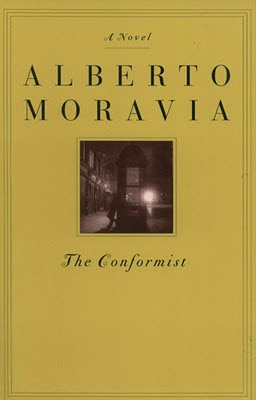Across the Street and Around the World

A few years ago, I took a group of senior high school students to the Getty Center perched on a hilltop here in Los Angeles. I suspect many of them had been to a museum before, but I am also sure a few had not. In a room filled with priceless statues from antiquity, several girls moved within inches of the statues and mimicked the poses captured in the marbles. This involved balancing on a single leg, arms outstretched while craning their necks to see the statue they were emulating. The security guards did not hesitate. They quickly moved in to prevent a costly disaster. Later in the cafeteria, the girls questioned me about their stern reprimand from the security staff. They felt the museum personnel overreacted and embarrassed them. I tried to explain. “Those statues are thousands of years old. Can you imagine what would be lost if you fell against one and knocked it over?” “It’s not a big deal,” one replied. “They have stuff like that all over Caesar’s Palace in Vegas and you can t




